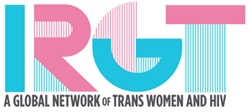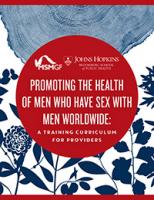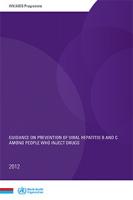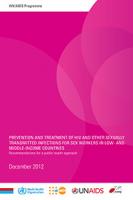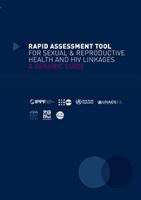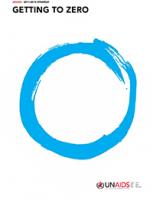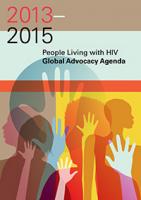
Consisting of nine modules and covering a wide range of clinically relevant topics, the curriculum’s content was shaped and guided by a group of 15 technical experts, scientists, physicians, psychologists, program implementers and community members from around the world. The introductory modules are designed to help providers gain a broad understanding of the contexts in which MSM navigate their healthcare needs. Subsequent modules offer specific provider-led strategies for increasing access to and quality of services, such as creating an enabling clinical environment, taking an appropriate sexual history, and managing HIV and other STIs among MSM effectively.
